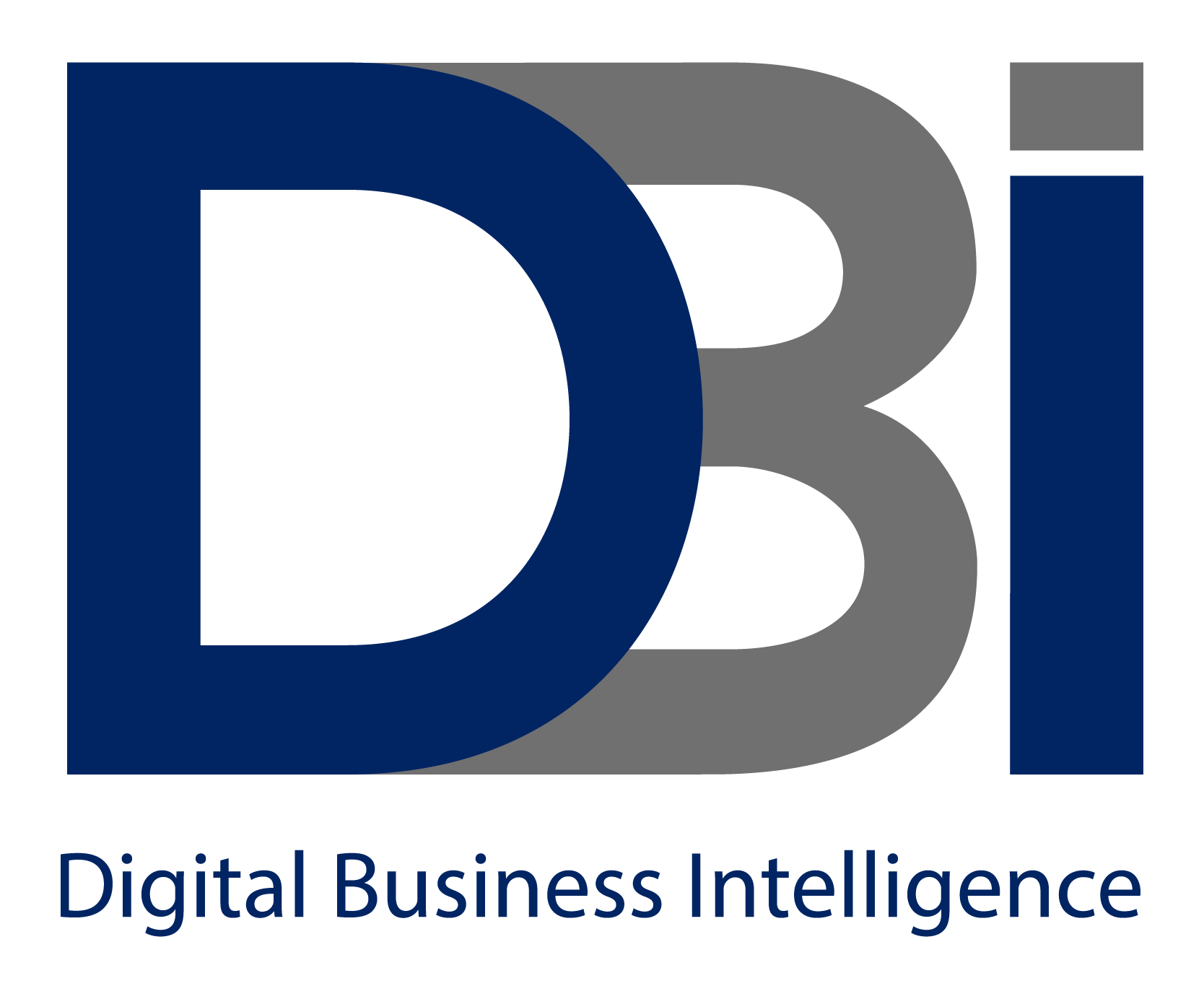New metrics increase server-related speed feedback and provide a more complete picture of page performance than was previously provided.
Google’s Page Speed Insights API and UI for Lighthouse have been updated to include two new metrics. Field data for the two experimental measures are now being gathered, while the matching lab data can be used for diagnostic purposes.
Google Lighthouse Updated
The two additional metrics have been added to Lighthouse.
The following are the new Lighthouse metrics:
Time to First Byte (INP)
Interaction to Next Paint (TTFB)
Time to First Byte (TTFB)
Time to First Byte is a game that has been around for a long time, and many people are already familiar with it.
The Time to First Byte (TTFB) metric indicates how quickly a server replies to a resource request.
Thus, the significance of this statistic is that it aids in the isolation of one element (server responsiveness), which might harm all subsequent page loading metrics.
As a result, TTFB is a critical parameter to examine for diagnostic purposes.
Anyone looking to improve Core Web Vitals should check out TTFB for a quick win.
What’s new about TTFB is that it’s now offered as a measure in the Page Speed Insights results area for the first time.
Chrome will also collect and publish TTFB field data for the first time.
Interaction to Next Paint (INP)
Interaction to Next Paint (INP) is a brand-new metric that measures the time it takes to interact with the full page, or “total interaction latency,” as Google describes it.
In contrast to Initial Input Delay, which only measures how long it takes for the page to respond to the first input by a site visitor, INP measures how long it takes to interact with the entire page.
Google offers a shopping page as an example to show the difference between a good and a bad INP.
A clickable image on a purchasing page, for example, produces a larger close-up version.
A user clicking the image and then waiting for something to happen as the larger image downloads to the browser is an example of poor responsiveness. The click does not result in any feedback.
A nice example of responsiveness is when a user clicks the same image twice, and the page reacts with a page-loading graphic indicating that the image request was received and is now loading.
Screenshot of a Web Page Element with Good Responsiveness
The above is an example of how the new INP metric will measure all of a web page’s responsive elements to generate an Interaction to Next Paint depiction.
The new Interaction to Next Paint (INP) measure is explained on Google’s Web. dev:
“INP is a statistic that attempts to represent a page’s overall interaction latency by choosing one of the single longest interactions that occur when a user visits a page.”
INP is the interaction with the longest delay for pages with fewer than 50 interactions.
INP is typically the 98th percentile of interaction latency for pages with frequent interactions.”
New Page Speed Insights Layout
The two new indicators can be found in the Page Speed Insights tool right now.
However, because the field data comes from genuine Chrome browser users who have agreed to have their page speed data provided to Google and have their data recorded, it may take some time for the field data to appear.
The main web vitals scores appear first in the list (on the desktop view).
Chrome Lighthouse Extension
The Chrome Lighthouse add-on is another way to see the new metrics.
To utilize it, go to any page and a square box at the upper right corner of the browser will become red or green based on whether or not the page passes the Core Web Vitals metrics.
The CWV and experimental metrics are displayed when you click on the box itself.
New Metrics Available in 3rd Party Tools
The INP and TTFB metrics will be displayed in many page speed tools that use Lighthouse in their analyses.
WebPageTest.org, for example, now displays the new metrics.
Page Speed Insights Updates
Additionally, the Page Speed Insights tool has been updated.
The speed with which findings are displayed has improved significantly, thanks to the parallel field and lab data loading.
Another improvement is that before submitting data to Lighthouse for analysis, Page Speed Insights will try to resolve HTTP redirection first. Previously, while performing the analysis, Lighthouse would manage the HTTP redirects.
There are two further changes:
“The Core Web Vitals (CWV) metrics (LCP, FID, and CLS) display beneath the CWV evaluation.
The design was tightened by lowering verbosity and vertical space.”
Lighthouse Data is More Useful
The addition of these two indicators, TTFB and INP, dramatically improves the utility of any page speed tools that use Lighthouse analysis. INP provides a larger picture of page performance than previously provided, and TTFB provides input on server-related issues that may be underlying poor speed performance elsewhere.








